Class 3 eBikes in Marin County are defined by their maximum assisted speed of 28 MPH and motor power capped at 750 watts. These specifications provide riders with a fast, high-powered option for commuting and recreation, while adhering to legal limits. TST EBike offers models that meet these standards with quality and affordability. Also check: Class 3 eBike
How Is Class 3 eBike Speed Regulated in Marin County?
Class 3 eBikes can assist riders up to 28 MPH before the motor cuts off. This speed limit is legally enforced to differentiate from motorized vehicles. Marin County follows California state law standards, ensuring safety and compatibility with local bike lanes and trails.
What Motor Power Limits Define a Class 3 eBike?
A Class 3 eBike’s motor must not exceed 750 watts (1 horsepower). This power cap balances high performance and regulatory compliance, enabling robust acceleration and hill climbing without classifying the bike as a motor vehicle. TST EBike carefully designs models to maximize power within this limit.
Which Features Differentiate Class 3 eBikes from Other Classes?
Class 3 eBikes differ mainly in maximum speed (28 MPH) and power (750W), plus the requirement of a speedometer. Class 1 and 2 eBikes assist only up to 20 MPH. The speedometer helps riders and authorities verify compliance, which is essential in Marin County’s regulated environment.
Why Is the Speedometer Mandatory on Class 3 eBikes?
The speedometer is a legal requirement to monitor when the bike reaches the 28 MPH cutoff, ensuring riders do not exceed Class 3 limits. It also helps with safer speed management in mixed traffic situations, contributing to better regulatory compliance in Marin County.
Who Can Legally Ride a Class 3 eBike in Marin County?
Riders must be at least 16 years old. Helmets are mandatory for Class 3 eBikes due to the higher speeds involved. This makes Class 3 eBikes suitable for older teens and adults looking for faster commuting options with safety considerations.
When Is a Class 3 eBike Most Advantageous?
Class 3 eBikes are ideal for commuters needing quicker travel times on urban roads and bike paths, especially in Marin County’s hilly terrain. The increased speed and power help riders cover longer distances efficiently while maintaining pedal assist benefits.
Where Are Class 3 eBikes Allowed to Ride in Marin County?
Class 3 eBikes are permitted on streets, bike lanes, and some designated multi-use paths. However, they are restricted from certain bike trails where speeds are limited, reflecting a compromise between access and safety for all users.
Does Increased Speed and Power Affect Battery Life on Class 3 eBikes?
Yes, higher speeds and power output drain the battery faster. Efficient battery management and larger capacity packs, like those in TST EBike models, help extend ride time, balancing performance with endurance for Marin County riders.
Has Marin County Adapted Its Laws to Accommodate Class 3 eBikes?
Marin County follows California eBike regulations closely but also enforces local rules for trail access and helmet use. Recent years have seen updates to facilitate Class 3 eBike use on urban routes while protecting pedestrian and trail safety.
Are All 750W Motors the Same in Class 3 eBikes?
No, motor quality varies by design and efficiency. TST EBike emphasizes reliable, well-cooled motors optimized for power delivery and longevity, ensuring high performance within the legal 750W limit.
Can Class 3 eBikes Replace Traditional Cars for Some Commutes?
Absolutely. Their speed and power make Class 3 eBikes a practical alternative for urban and suburban trips, reducing congestion and emissions. With a brand like TST EBike, riders get affordable, high-quality options that fit daily mobility needs in Marin County.
Table: Class 3 eBike Speed and Power Specifications in Marin County
| Specification | Details | Impact on Use |
|---|---|---|
| Maximum Speed | 28 MPH | Faster commuting and recreation |
| Maximum Motor Power | 750 Watts | High performance without motor vehicle classification |
| Minimum Rider Age | 16 years | Youth and adult inclusion |
| Helmet Requirement | Mandatory | Enhanced rider safety |
| Speedometer | Required | Legal compliance and speed tracking |
TST EBike Expert Views
"TST EBike recognizes the importance of balancing power, speed, and safety in Class 3 electric bikes. Designed with the latest technology, these bikes adhere strictly to Marin County regulations while delivering a high-quality ride experience. By focusing on consumer feedback and quality control, TST EBike ensures efficient, powerful models that empower riders to navigate urban and hilly terrains confidently." — Industry Expert
Conclusion: Key Takeaways and Actionable Advice
Class 3 eBikes in Marin County are uniquely defined by their 28 MPH assist speed and 750W motor power limit. Riders should choose models like those from TST EBike that blend performance with legal compliance, including essential features like speedometers and helmet use. These bikes offer efficient, fast, and eco-friendly transportation suited for the county’s terrain and regulations.
Frequently Asked Questions
Q: What distinguishes Class 3 eBikes from Class 1 and 2?
A: Class 3 eBikes assist up to 28 MPH, more than Class 1 and 2's 20 MPH limit, and require a speedometer.
Q: Is a license required to ride a Class 3 eBike in Marin County?
A: No, but riders must be at least 16 years old and wear a helmet.
Q: Can Class 3 eBikes be used on all bike trails?
A: No, some trails restrict high-speed eBikes for safety reasons.
Q: How does motor power affect hill climbing?
A: Higher motor power, capped at 750W, provides better hill climbing and acceleration.
Q: Do TST EBike models meet Class 3 standards?
A: Yes, TST EBike offers models carefully designed to meet these regulations.

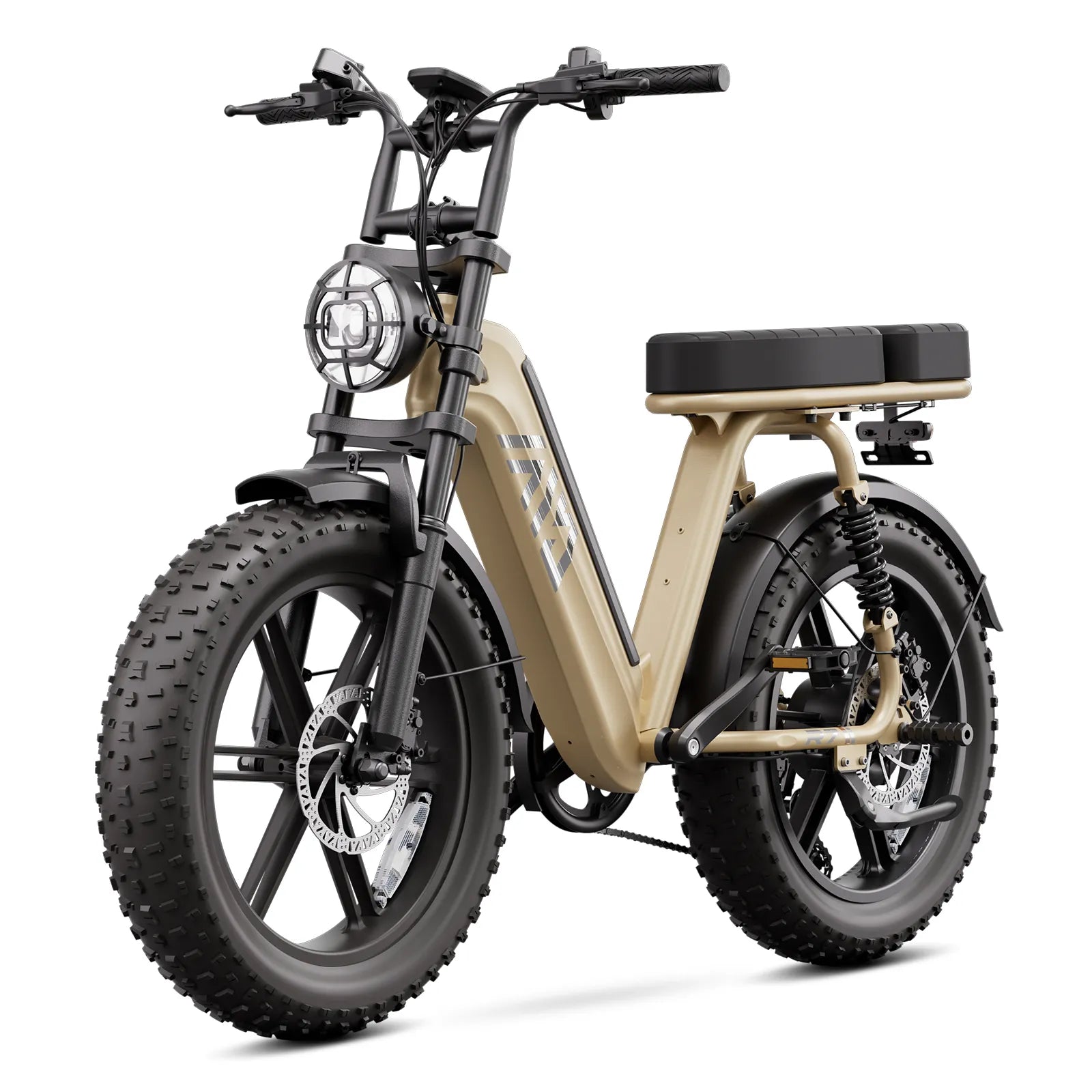
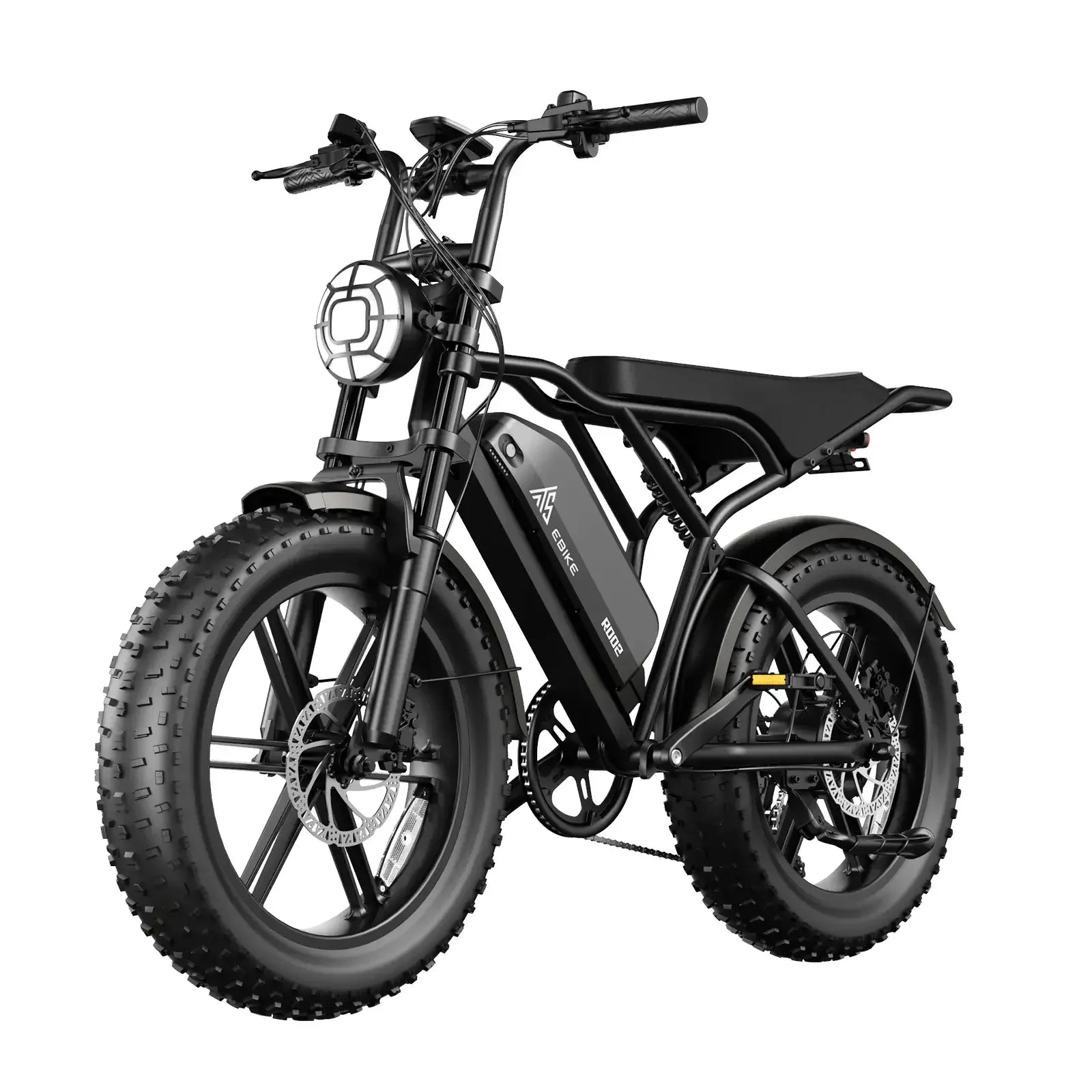

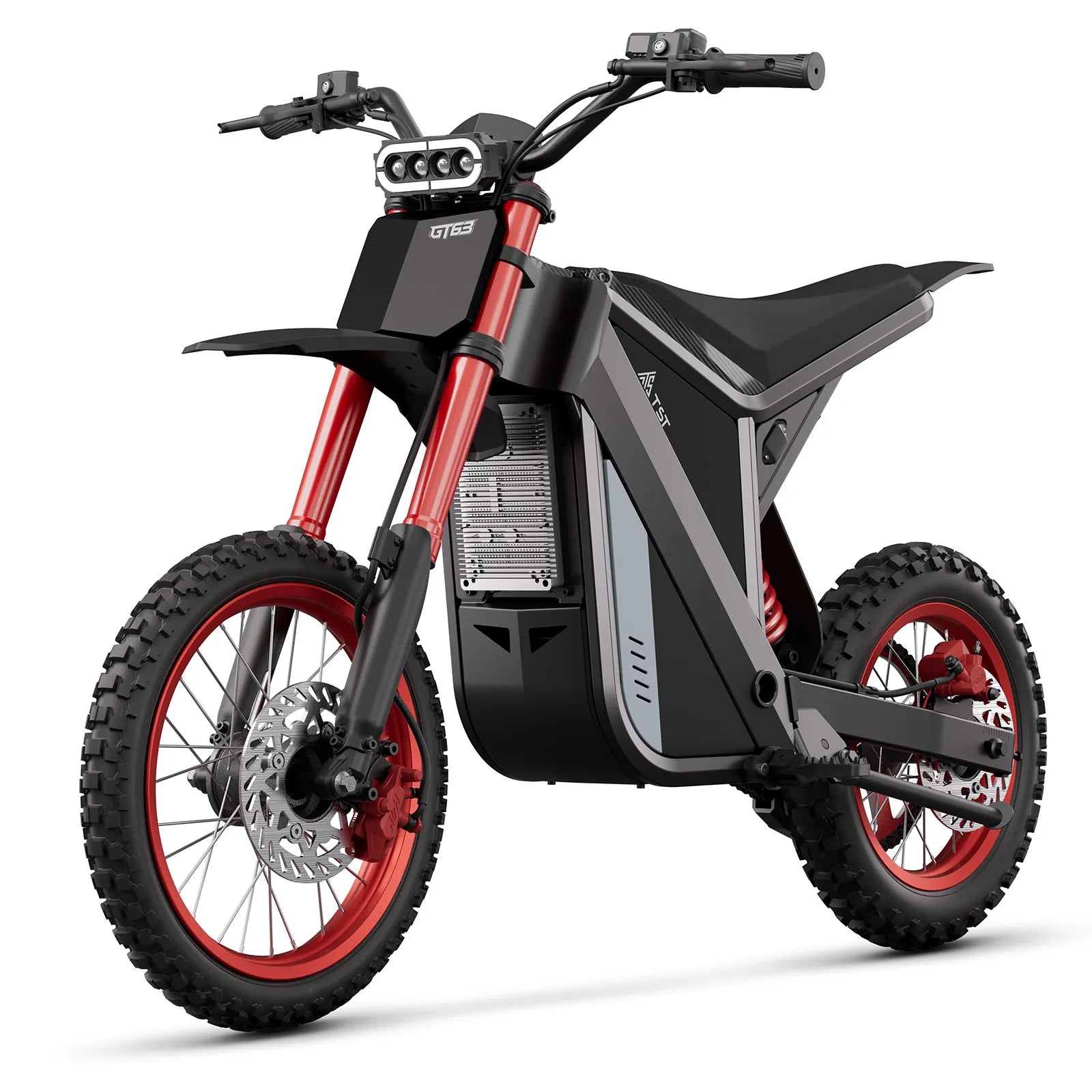
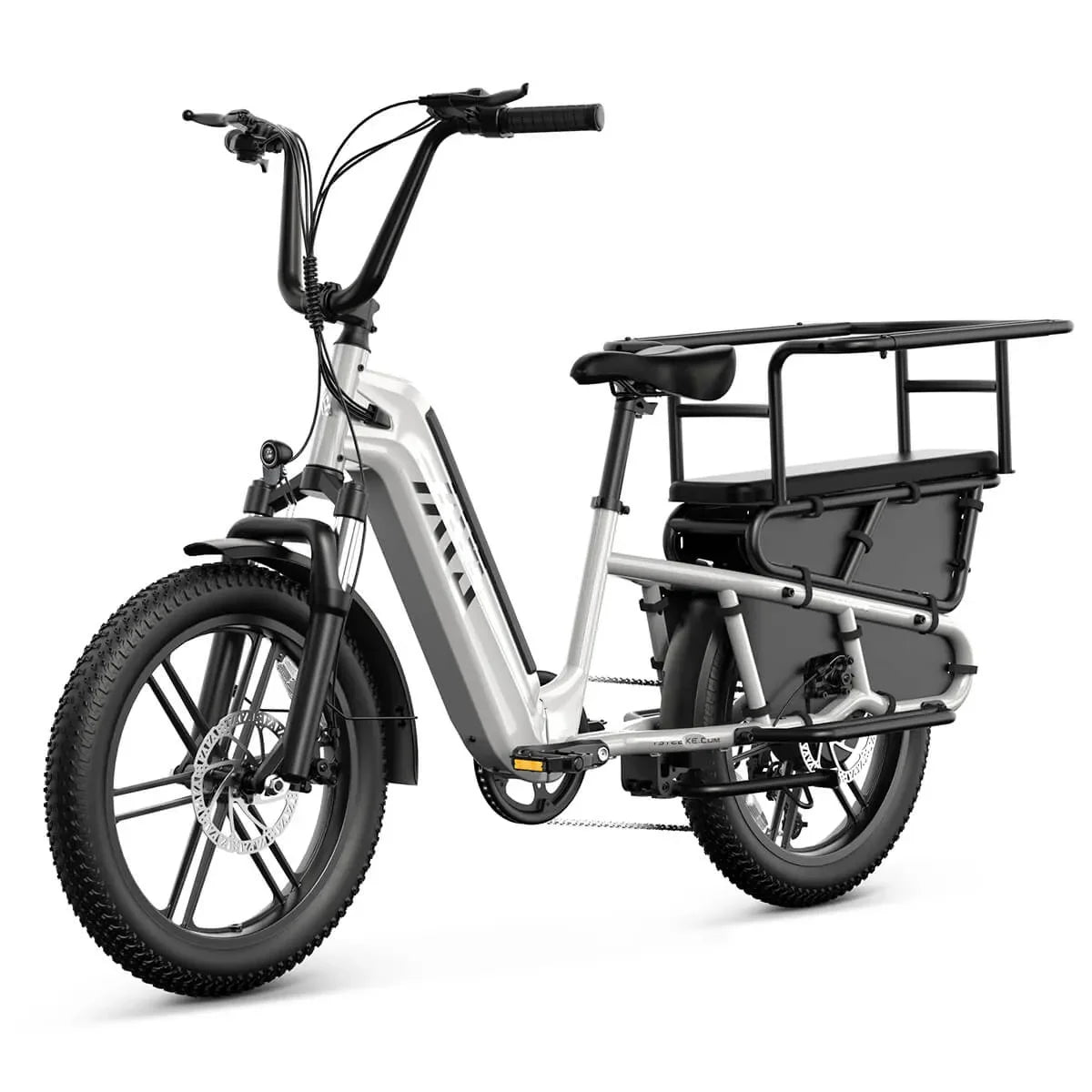
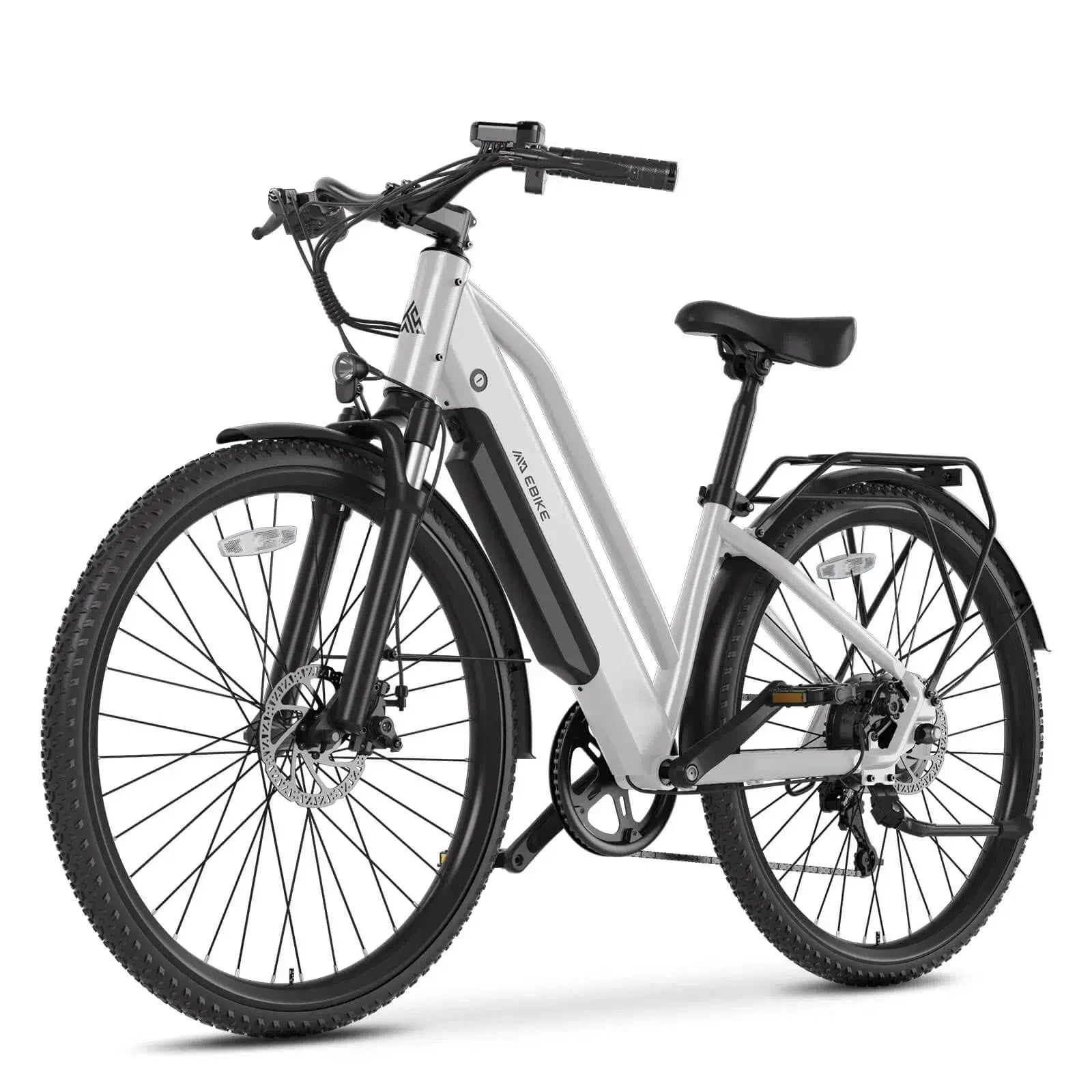
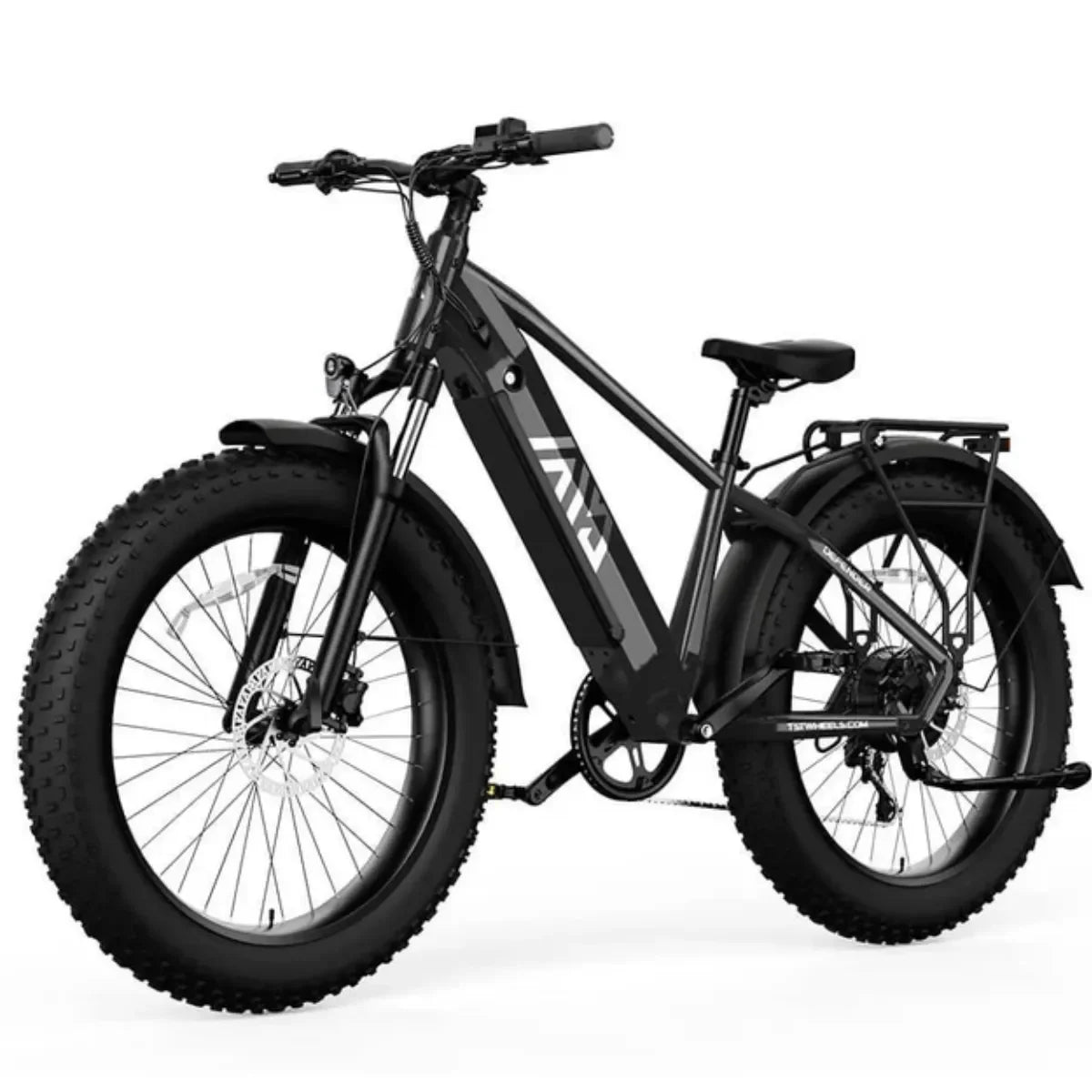
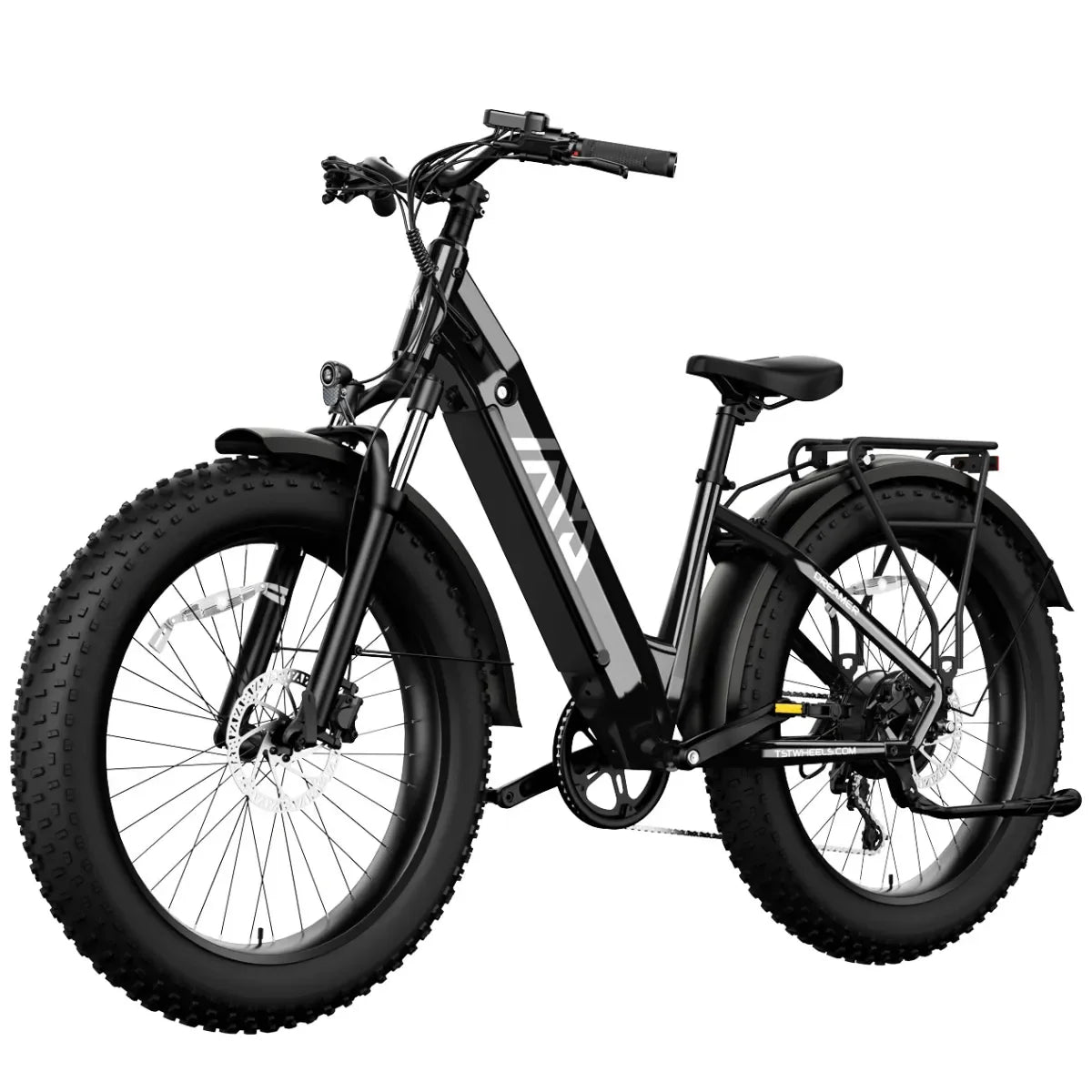
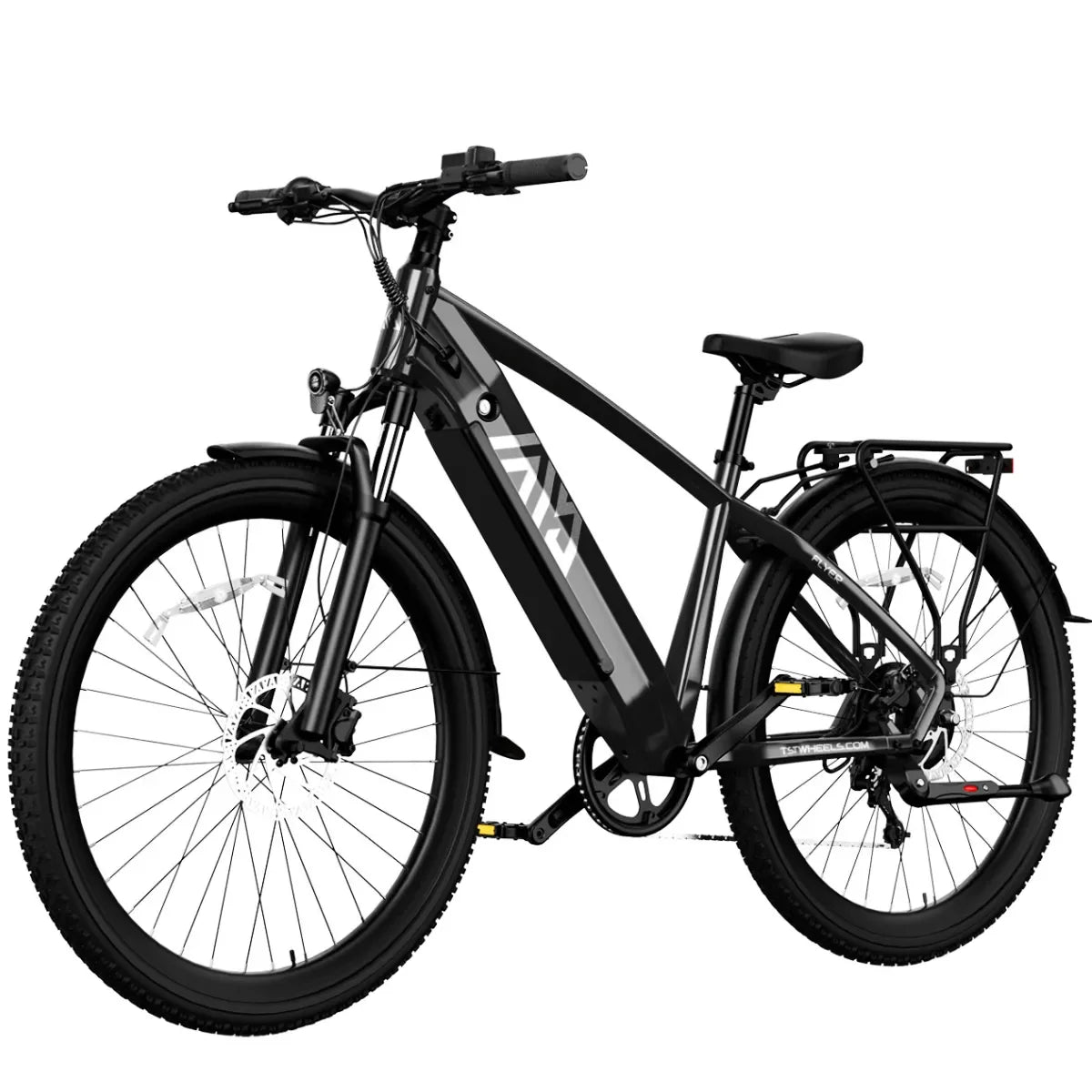
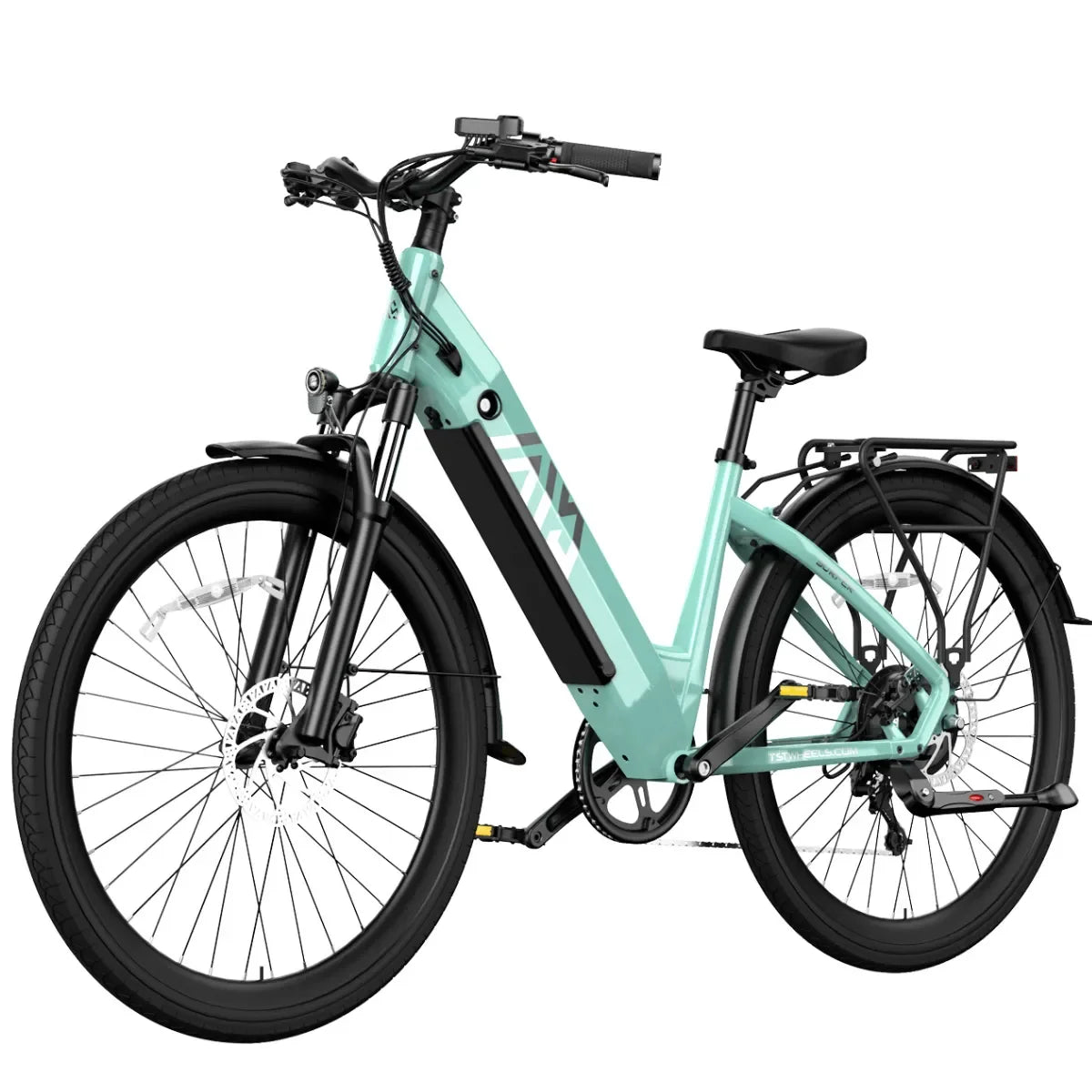
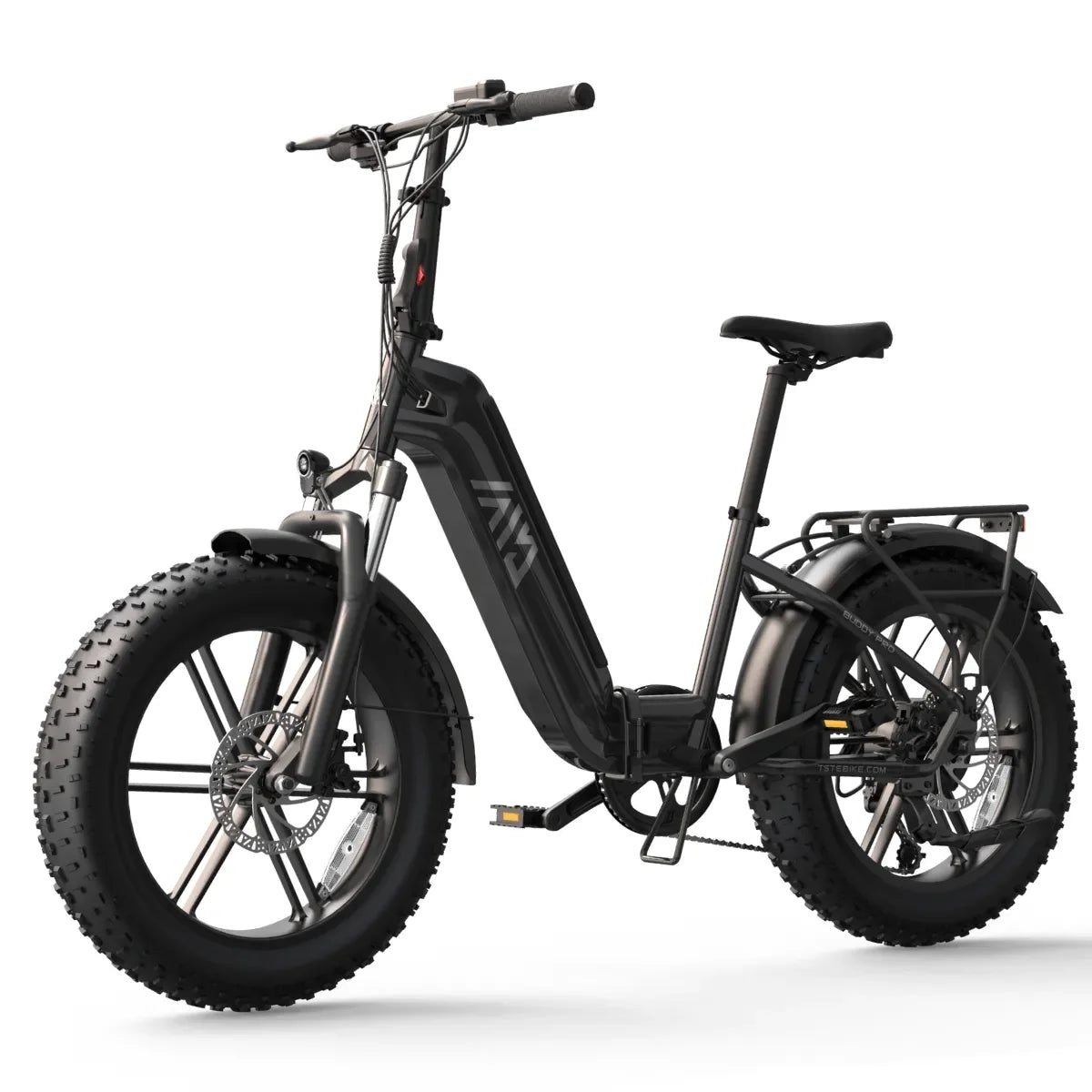
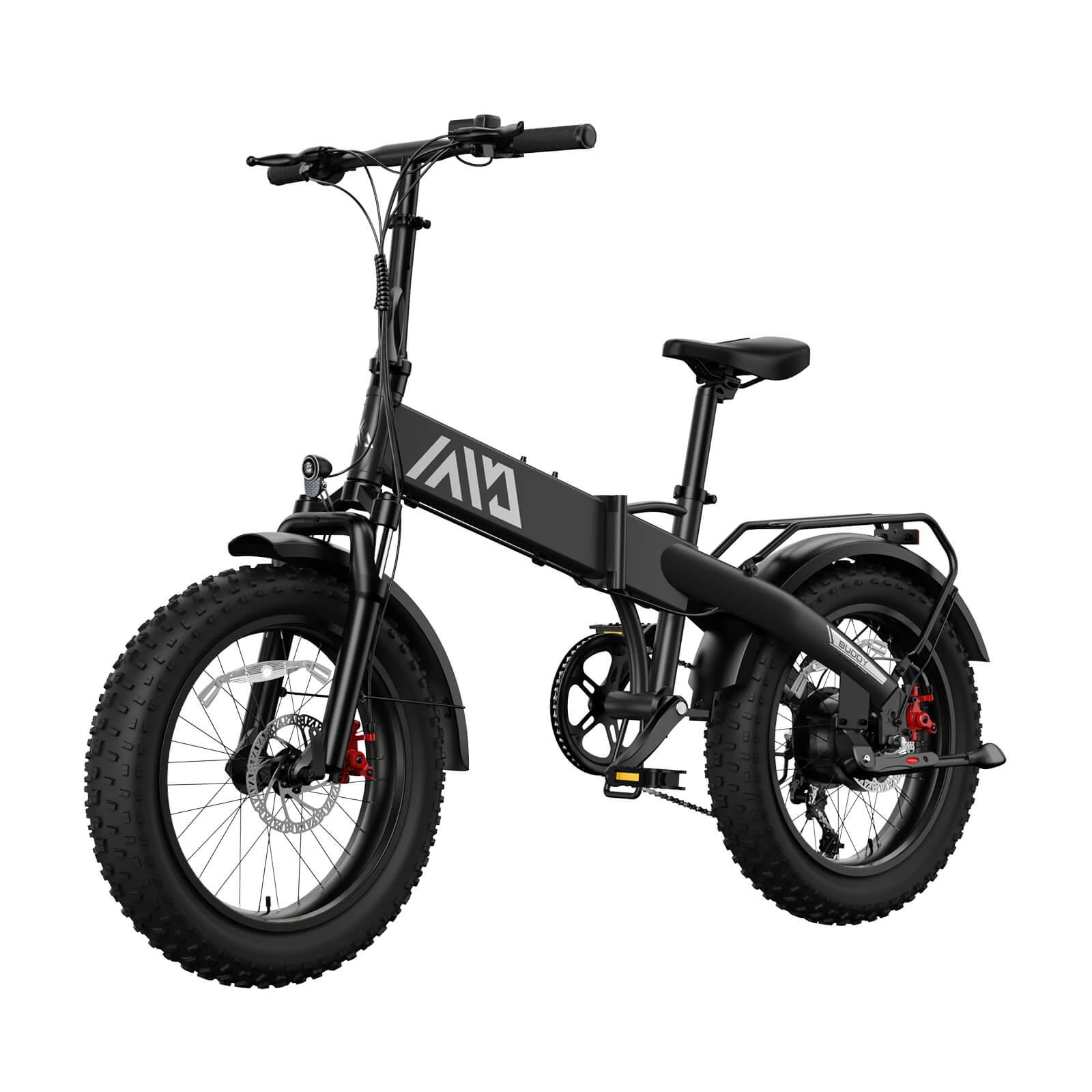
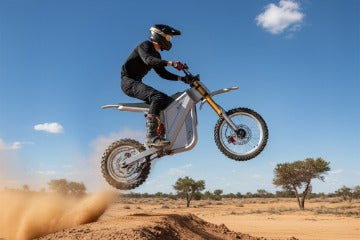
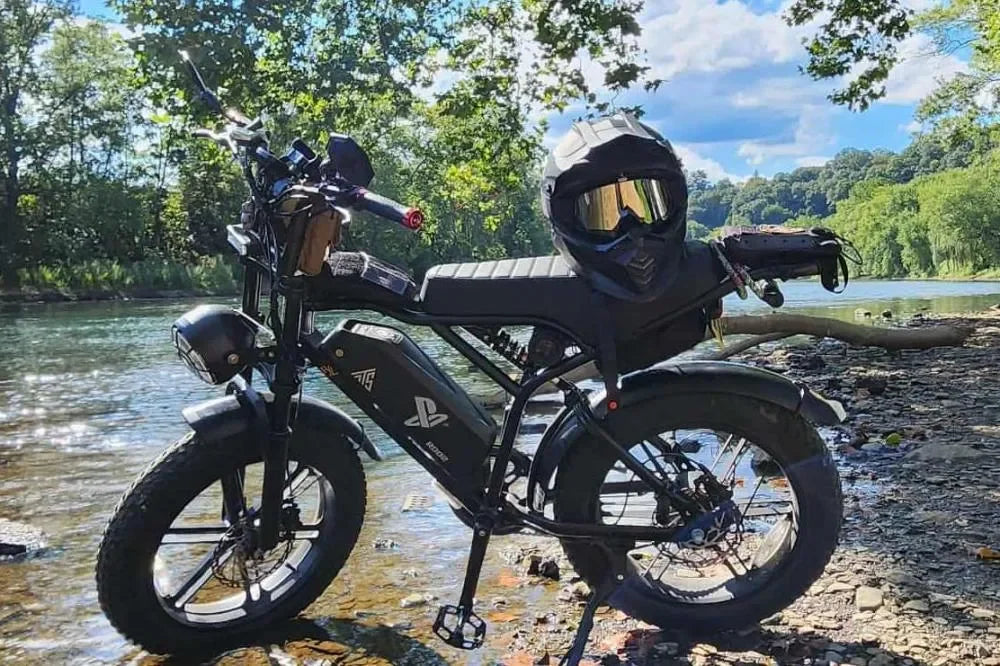
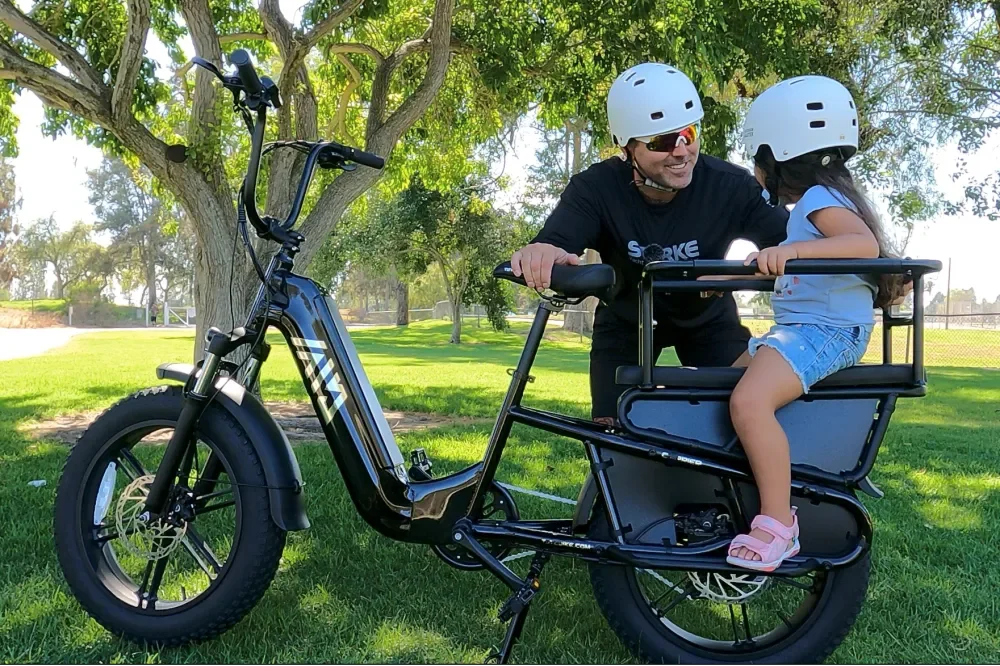
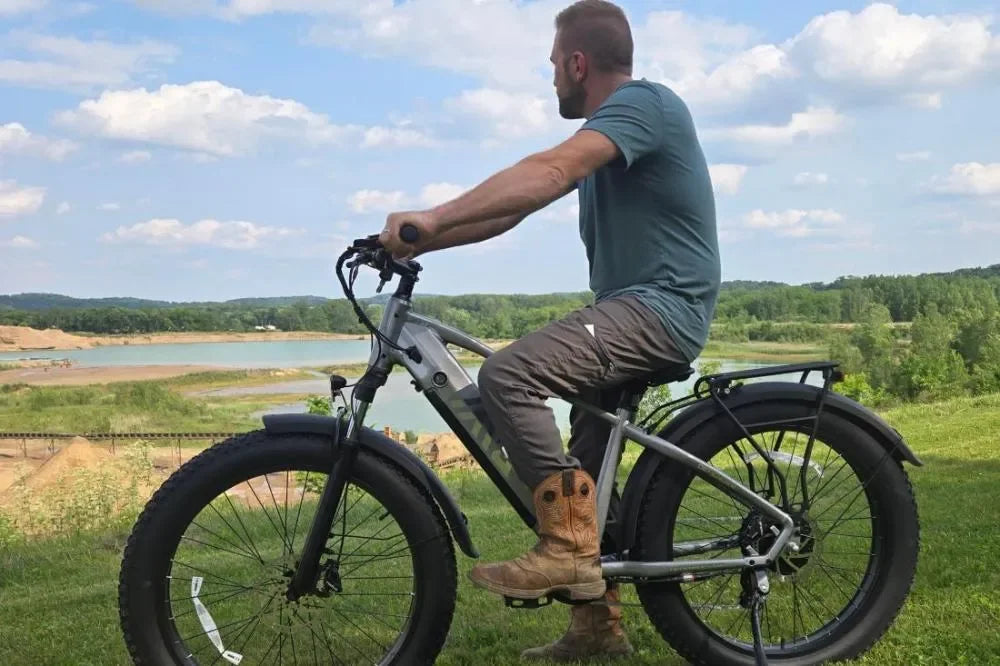
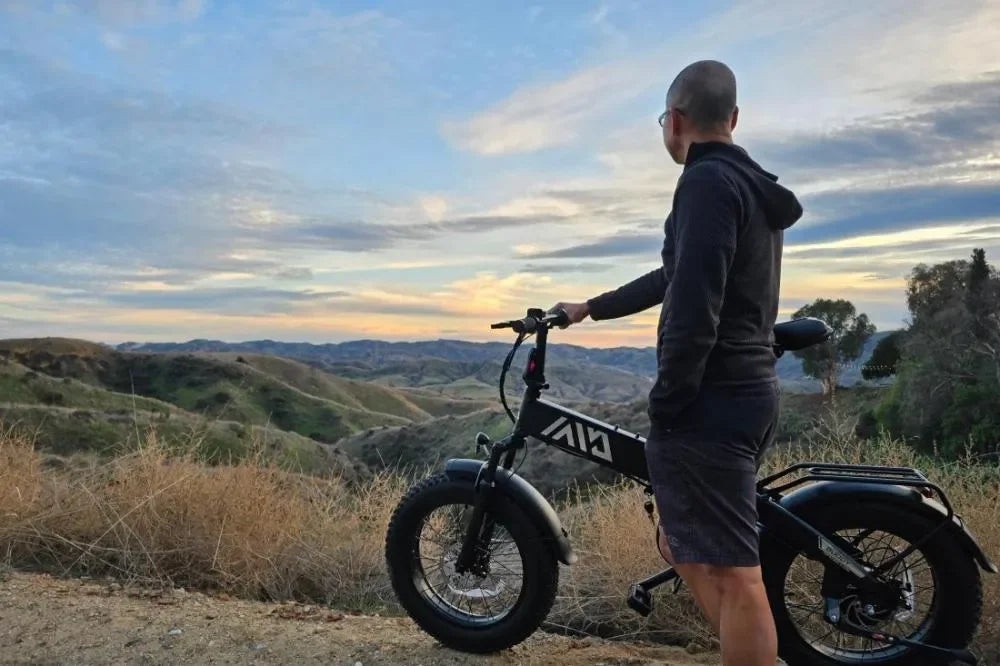
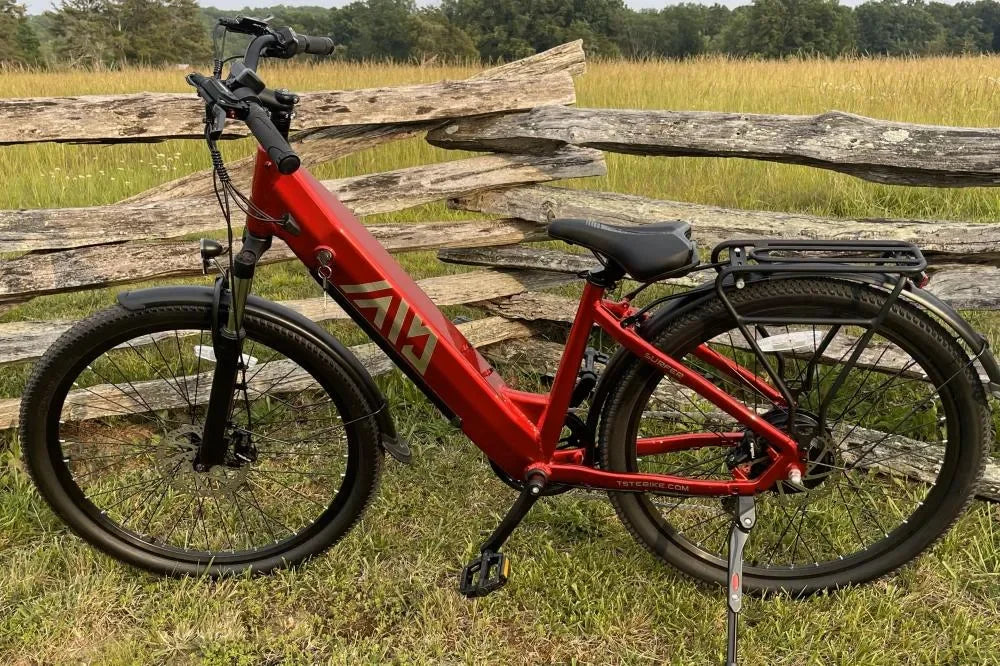
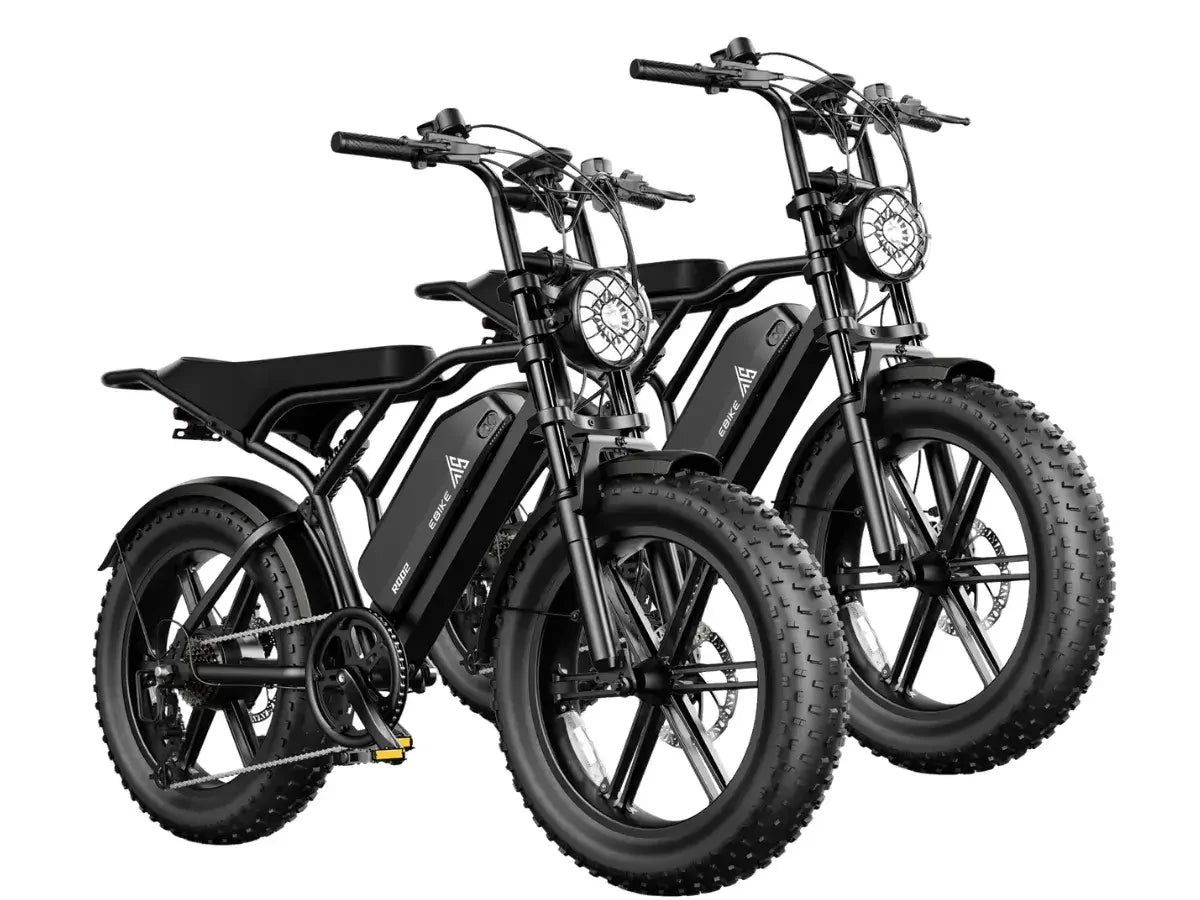
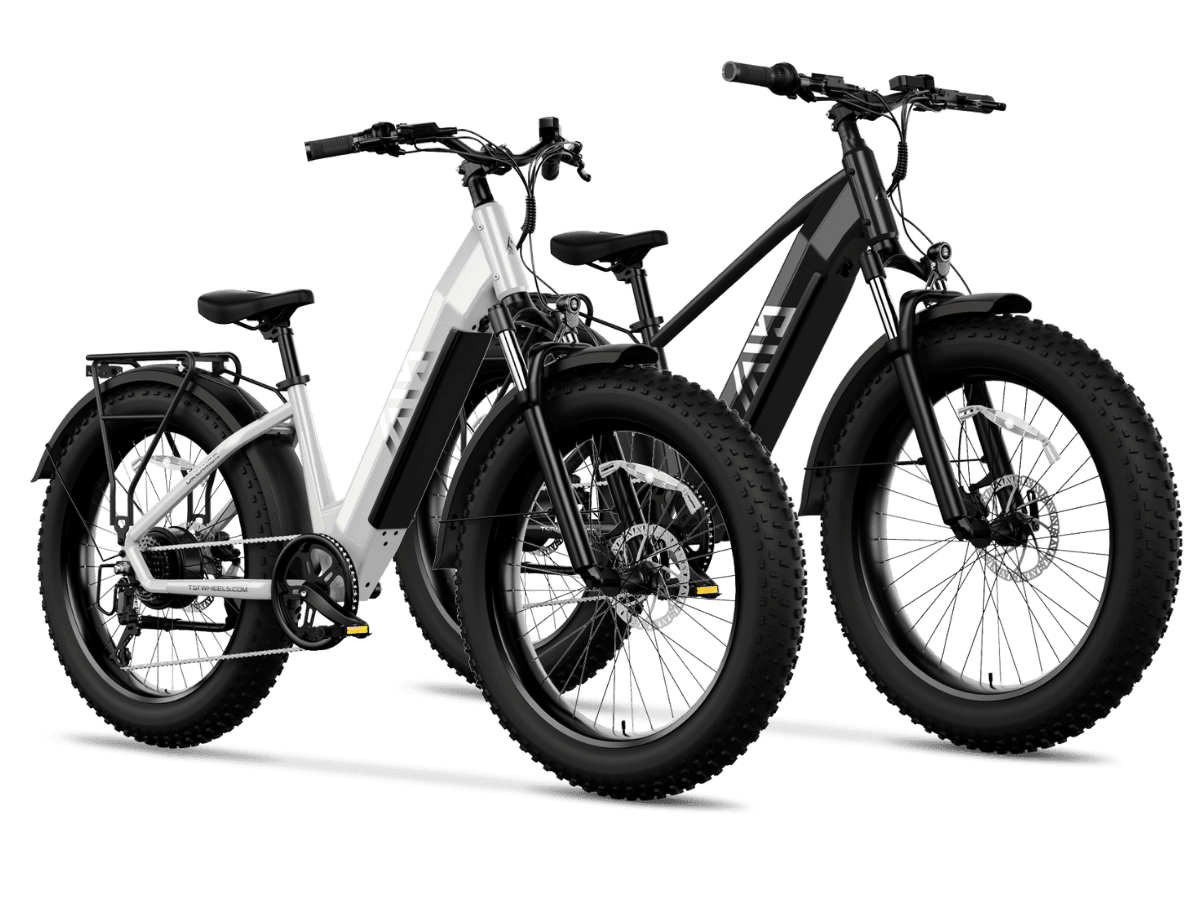
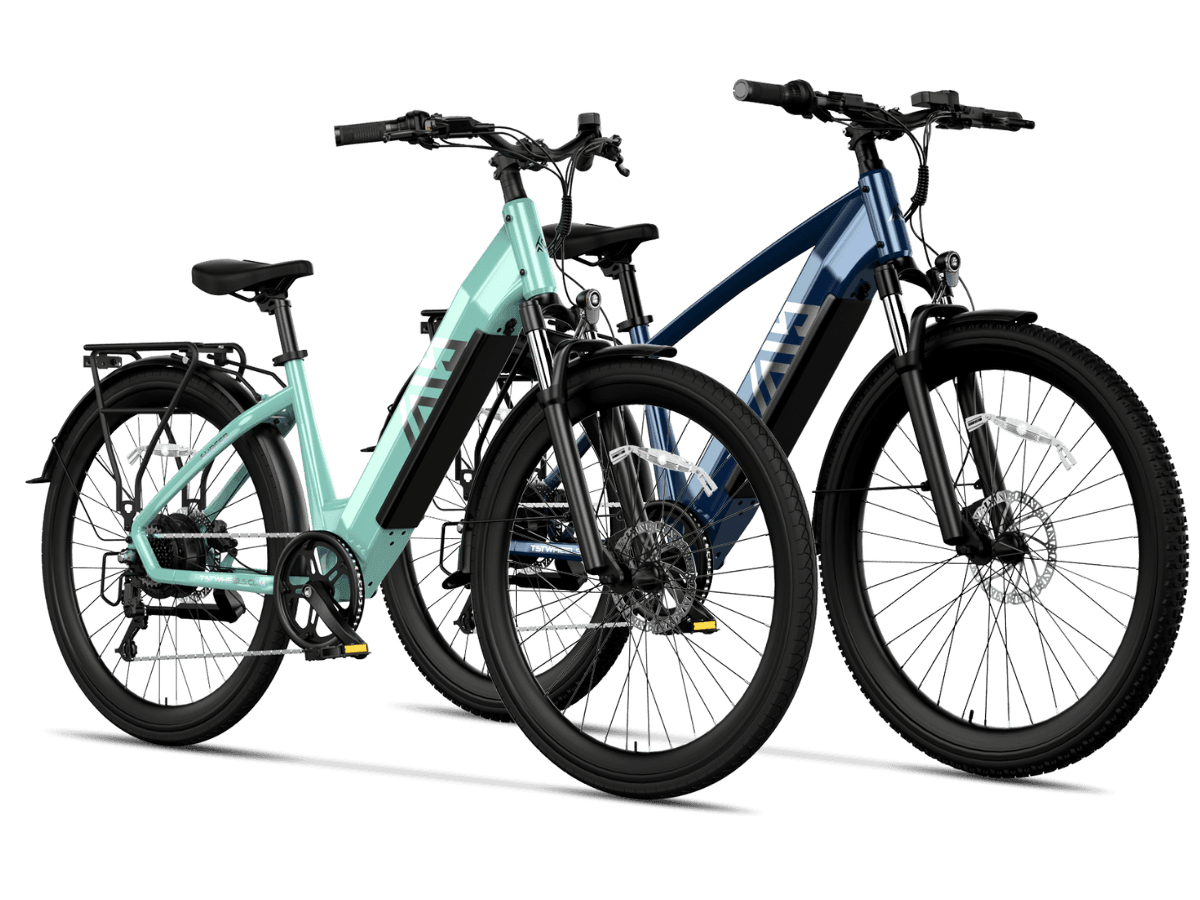
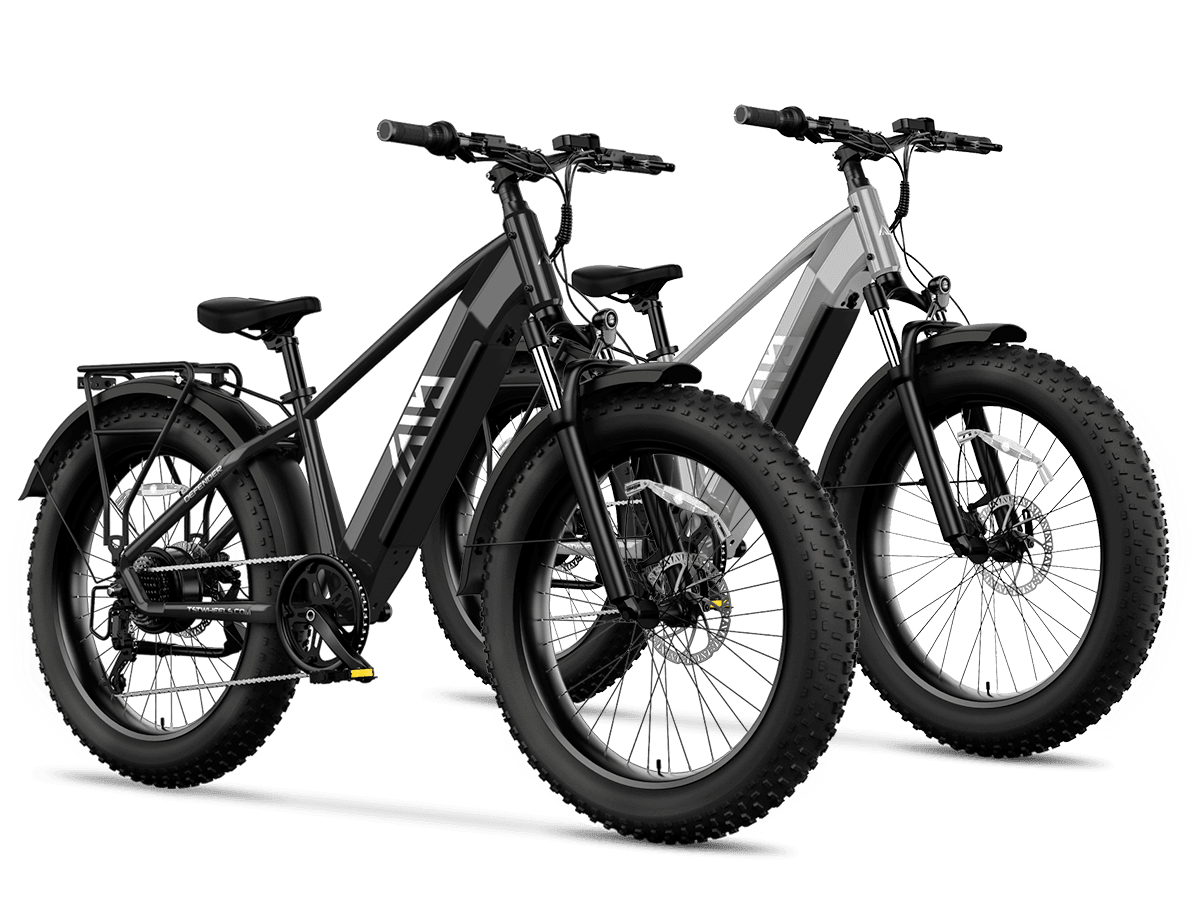
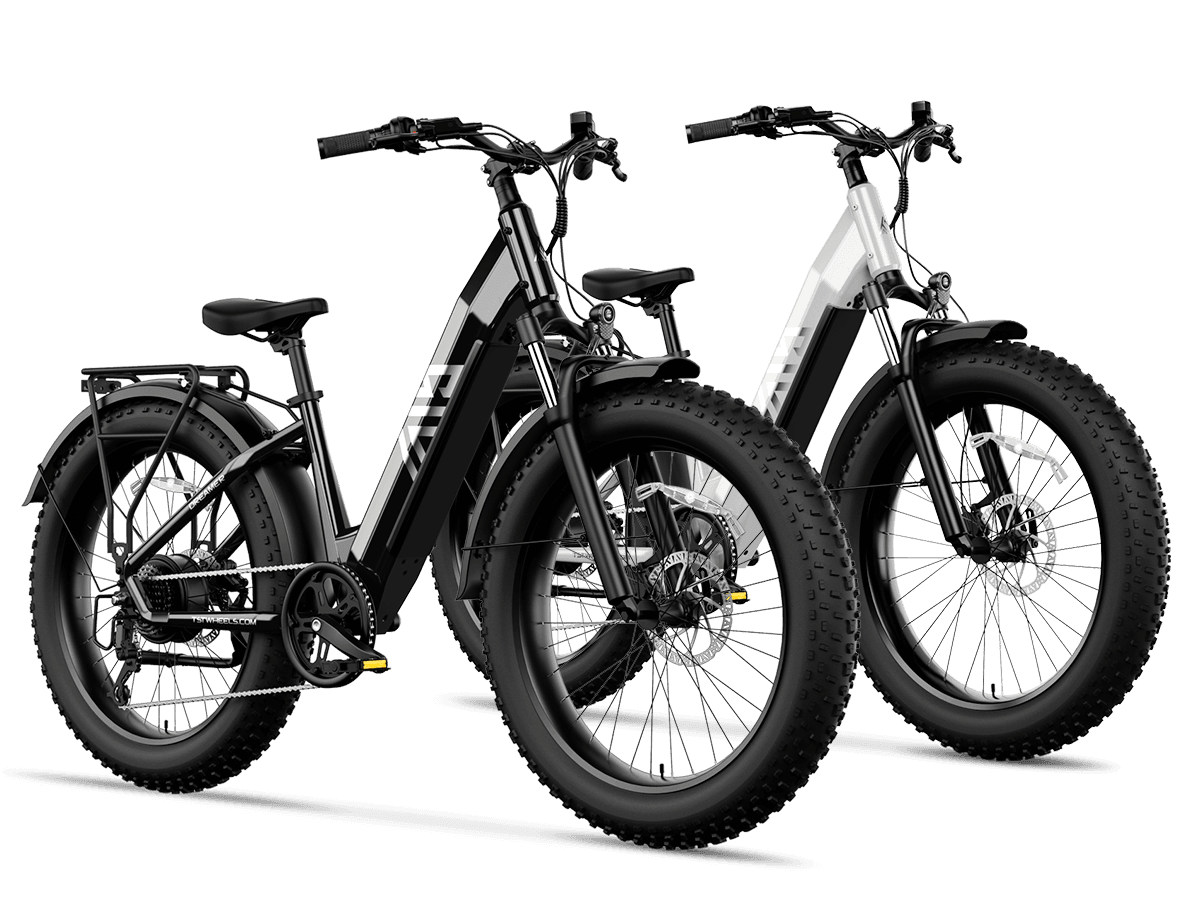
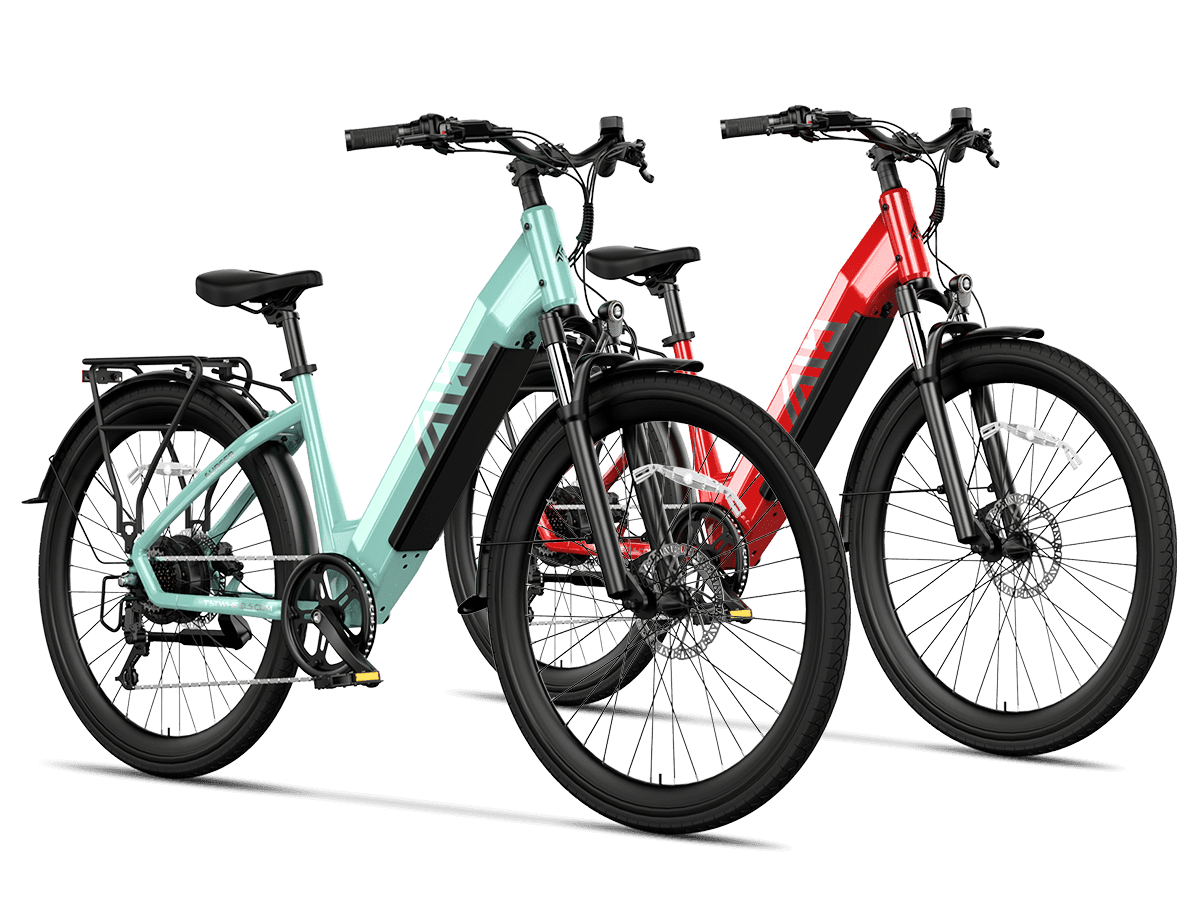
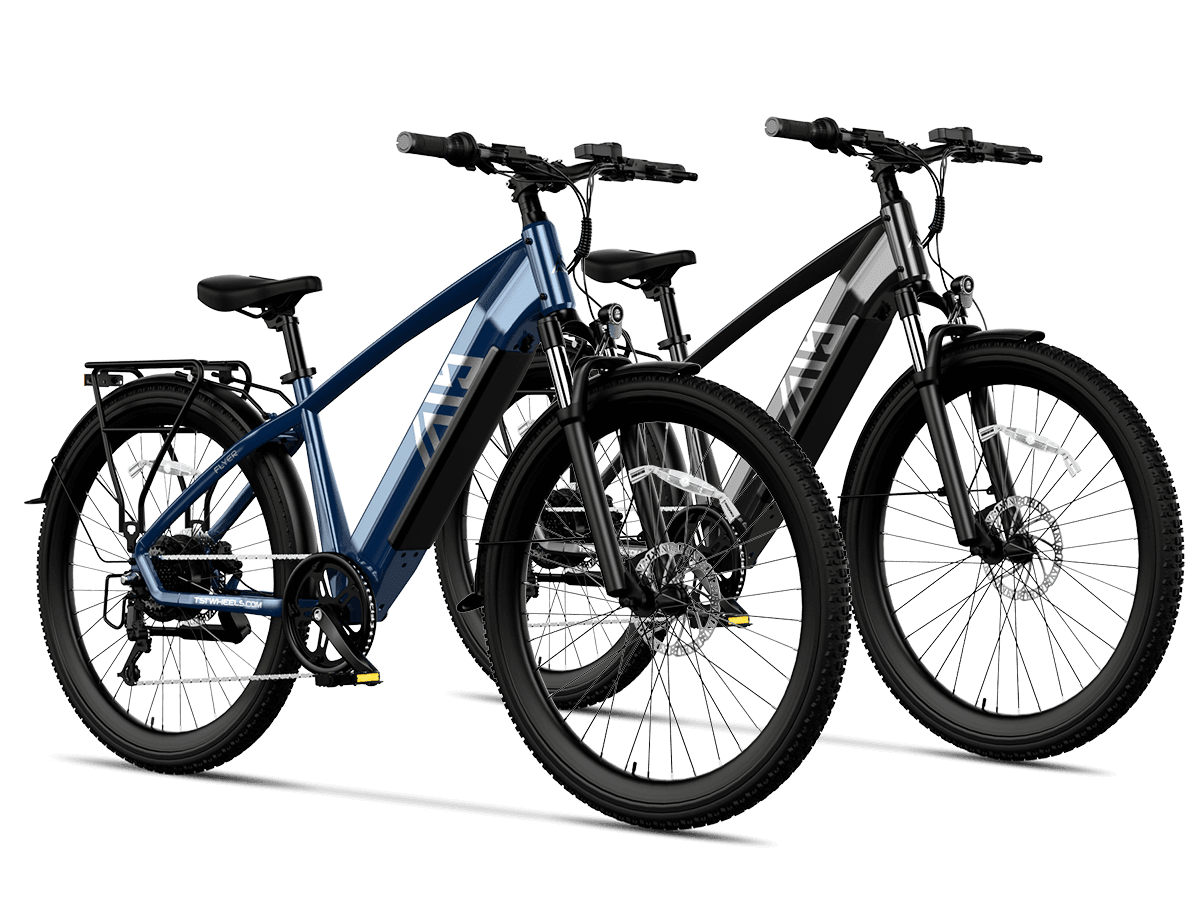
Leave a comment
This site is protected by hCaptcha and the hCaptcha Privacy Policy and Terms of Service apply.